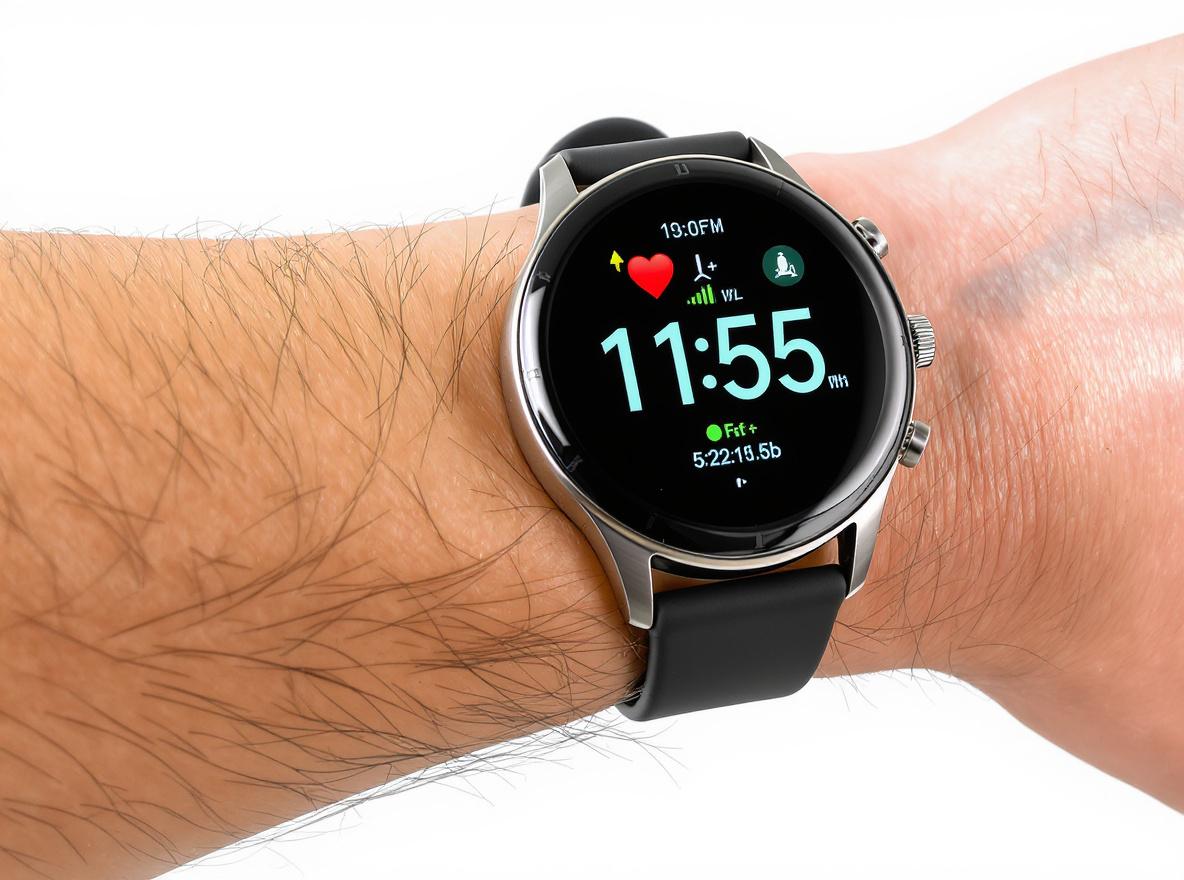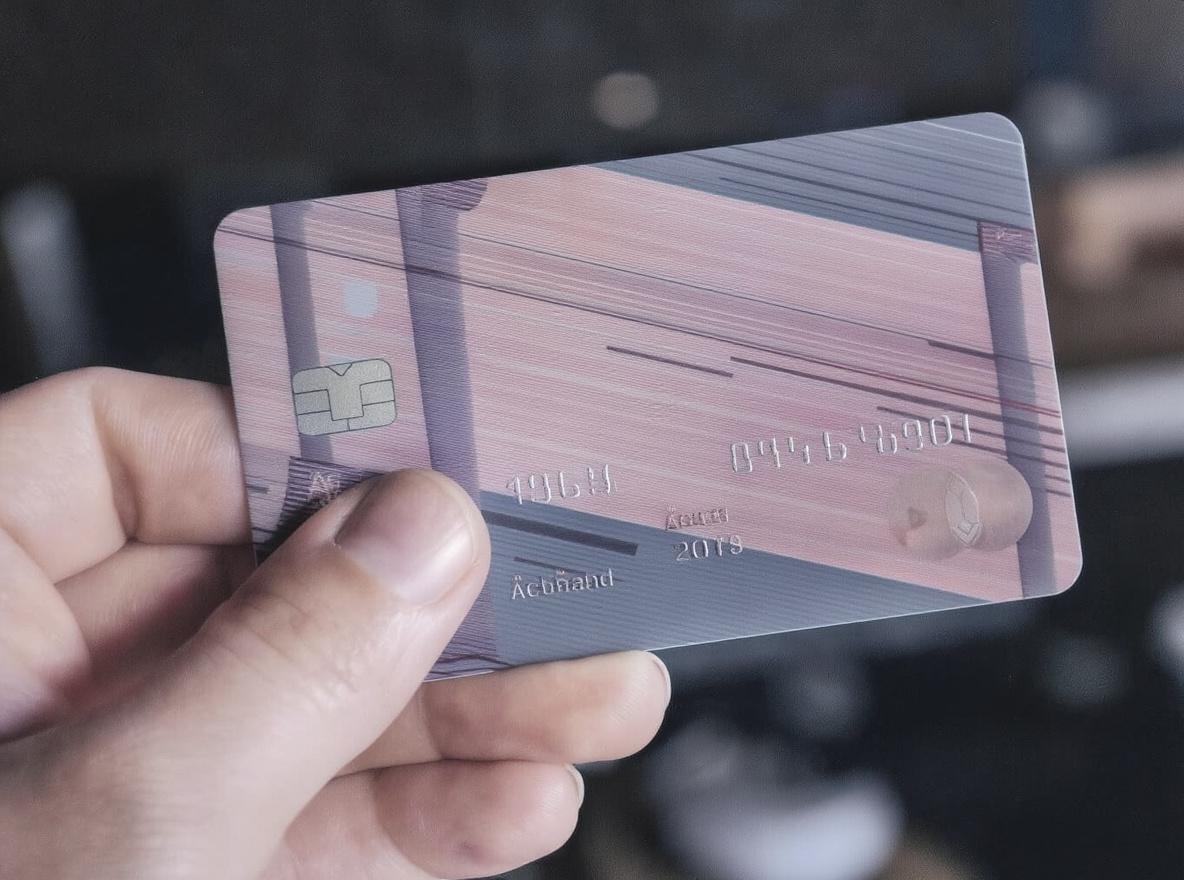Imagine a future where managing your glucose levels is as simple as checking the time. Glucose monitoring smartwatches are making this vision a reality. With advancements in wearable technology, these smartwatches are set to transform the way individuals manage diabetes and other related health conditions.

How Glucose Monitoring Works in Smartwatches
Glucose monitoring smartwatches utilize advanced biosensing technology to provide continuous glucose monitoring (CGM) without the need for invasive finger pricks. These devices work by using optical sensors to detect glucose levels through the skin. CGM and smartwatches together create a seamless health monitoring experience. Although this technology is evolving, some limitations remain, such as potential inaccuracies and the reliance on algorithms to interpret data. The FDA has cautioned against using these devices as sole diagnostic tools, underscoring the importance of complementary traditional methods.
Benefits of Glucose Monitoring Smartwatches
The benefits of glucose monitoring smartwatches are significant. They offer a non-invasive alternative to traditional glucose monitoring, thus reducing the discomfort and inconvenience associated with frequent finger pricking. The continuous data feed allows users and healthcare providers to better understand glucose trends in real time, making it easier to manage diet, exercise, and medication. Users can receive alerts about potential hypo or hyperglycemic events, allowing for timely interventions.
- Improved Management: The data from the smartwatch can be synced with apps, aiding both doctors and patients in crafting personalized treatment plans.
- Convenience and Comfort: Designed to be worn throughout the day, these watches eliminate the need for maintaining complex diaries or logs.
- Proactive Health Management: The device enables proactive management of one’s health, potentially preventing costly and serious complications associated with unmanaged glucose levels.
The Market Landscape of Glucose Monitoring Smartwatches
The market for glucose monitoring smartwatches is expanding, with several tech and health companies investing in this promising technology. Despite the excitement, it is crucial to acknowledge the drawbacks and limitations of current devices. According to GoodRx, blood glucose smartwatches do not yet provide the accuracy needed to replace traditional glucose monitoring methods completely.
Below is a summary of pricing for leading glucose monitoring smartwatches available in the market:
| Model | Features | Price (Approx.) |
|---|---|---|
| WatchWear Model A | Continuous glucose monitoring, heart rate sensor, customizable alerts | $399 |
| GlucoTrack S2 | Non-invasive, paired with AI-driven analytics | $499 |
| HealthWatch Pro | Integration with nutrition apps, 7-day battery life | $450 |
| FitGlu Model X | Advanced sensor tech, waterproof design | $429 |
| TechnoBeat G1 | Comprehensive health tracking, multi-sport modes | $479 |
| GlycoSense Ultra | AI insights, custom notifications | $525 |
| SmartPulse V2 | Dual sensor technology, robust mobile app | $399 |
| LiveTrack 3.0 | 24/7 health insights, ergonomic design | $459 |
| VitalTech Prime | Long battery life, intuitive interface | $410 |
| PulseWave Max | Full health suite, lightweight | $445 |
The Future of Glucose Monitoring Technology
The development of glucose monitoring smartwatches is still in its early stages, and rapid advancements continue to be made. As research progresses, it's expected that these devices will become more accurate and reliable. Innovators are working toward overcoming current technical challenges, such as improving sensor accuracy and enhancing the integration of predictive analytics to allow for even more precise glucose management. The concept of continuous glucose monitoring is key in this evolution, as the healthcare industry moves towards more personalized and precise medicine. Ultimately, the goal is not only to streamline the management of diabetes but also to integrate these technologies into a holistic approach for overall health monitoring, benefiting a broader range of individuals with diverse health needs.
In conclusion, while glucose monitoring smartwatches are not without limitations, their potential to transform health management is undeniable. As technology advances and the devices’ accuracy improves, these smartwatches will likely become essential tools in managing diabetes and improving overall health care outcomes.




